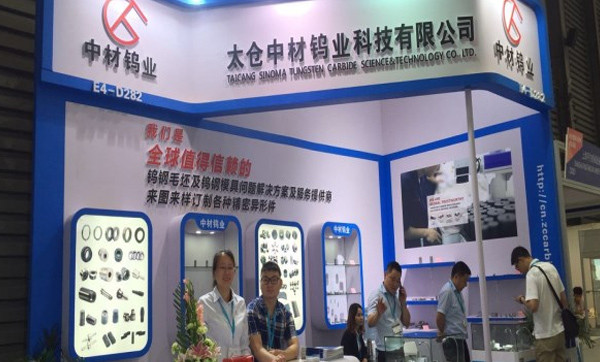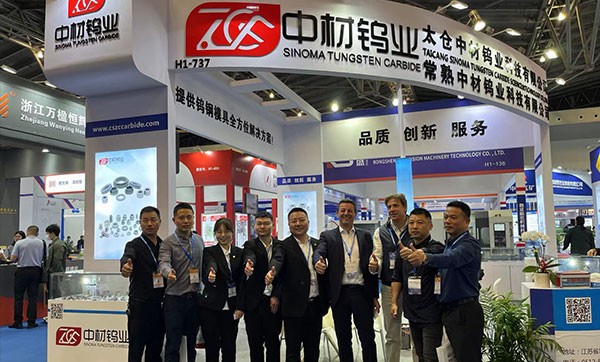Tungsten carbide, often referred to simply as carbide, stands as a testament to human ingenuity in materials engineering. This remarkable compound, known for its exceptional hardness and wear resistance, finds its way into a plethora of industrial applications. From cutting tools that shape our world to wear-resistant coatings that extend the life of machinery, tungsten carbide plays a vital role. Behind its remarkable properties lies a complex processing technology that continues to evolve and improve.
The Composition of Tungsten Carbide
Before delving into the processing technology, understanding the composition of tungsten carbide is crucial. Tungsten carbide is a compound made of tungsten (W) and carbon (C), usually with a chemical formula of WC. This combination results in a material that surpasses the hardness of most other materials, including steel and titanium. The carbide grains are typically held together in a metallic binder, often cobalt (Co) or nickel (Ni), to form a composite material with superior mechanical properties.
Processing Methods: Powder Metallurgy
The most common method for manufacturing tungsten carbide parts is powder metallurgy. This process involves several key steps:
(1) Powder Production: High-purity tungsten powder and carbon black are milled together to produce the tungsten carbide powder.
(2) Mixing: The tungsten carbide powder is mixed with a binder material, often cobalt or nickel, to form a homogeneous mixture.
(3) Compaction: The mixed powder is compacted into the desired shape using high-pressure presses. This creates a "green" part with the general shape of the final product.
(4) Sintering: The green part is then heated in a furnace at temperatures above 1,400 degrees Celsius (2,552 degrees Fahrenheit) in a process called sintering. During sintering, the powdered particles bond together, and the binder material melts and fills the gaps between the tungsten carbide grains.
(5) Shaping and Finishing: After sintering, the part undergoes additional shaping and finishing processes, such as grinding and polishing, to achieve the required dimensions and surface quality.
Applications
The unique properties of tungsten carbide make it indispensable in various industries:
(1) Cutting Tools: Tungsten carbide cutting tools are renowned for their hardness and wear resistance, making them ideal for machining applications in industries such as aerospace, automotive, and manufacturing.
(2) Mining and Drilling: Drill bits and mining tools made from tungsten carbide can withstand the extreme conditions encountered in mining and drilling operations.
(3) Wear Parts: Components subject to abrasion and erosion, such as pump seals, valve seats, and nozzles, benefit from the wear resistance of tungsten carbide.
(4) Jewelry: In the world of jewelry, tungsten carbide offers a durable and scratch-resistant alternative to traditional materials.
Future Trends
As technology advances, so too does the processing technology for tungsten carbide. Some ongoing trends and developments include:
(1) Nanostructured Tungsten Carbide: Researchers are exploring the use of nanostructured tungsten carbide, which offers even greater hardness and toughness compared to conventional materials.
(2) Improved Binders: Efforts are underway to develop new binder materials that enhance the properties of tungsten carbide, such as increased corrosion resistance and improved toughness.
(3) Digitalization and Automation: Industry 4.0 principles are being applied to tungsten carbide processing, leading to increased efficiency, quality control, and customization.
In conclusion, the processing technology behind tungsten carbide continues to evolve, driven by the demand for materials with exceptional hardness, wear resistance, and reliability. From traditional powder metallurgy methods to cutting-edge additive manufacturing, the versatility of tungsten carbide ensures its place as a cornerstone material in modern industry. As research and innovation propel this field forward, we can expect to see even more groundbreaking applications and improvements in the years to come.




